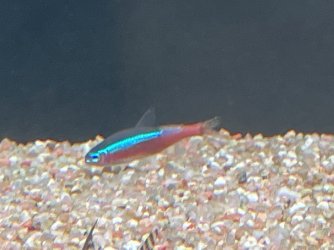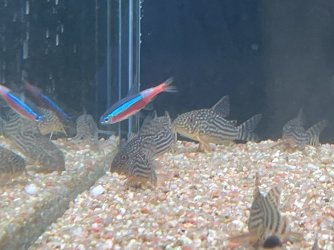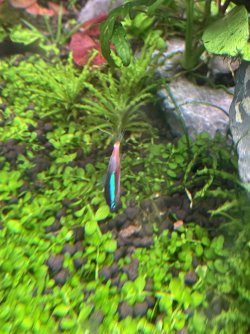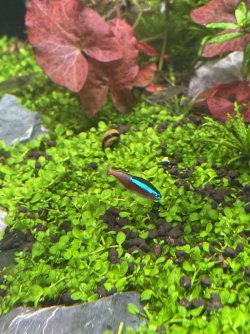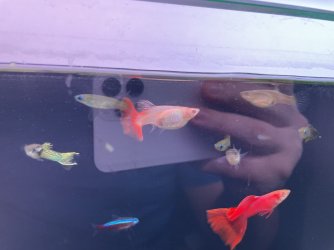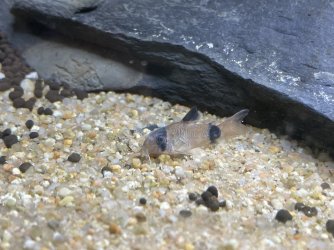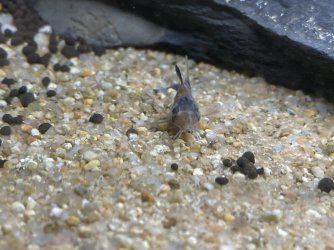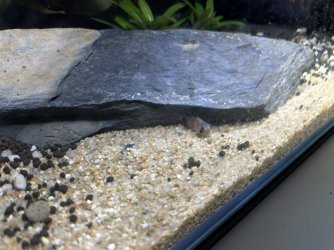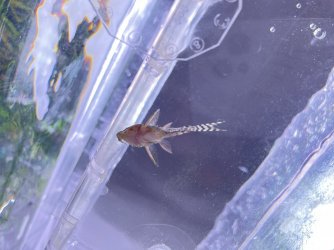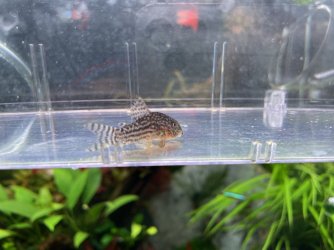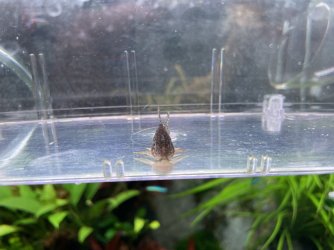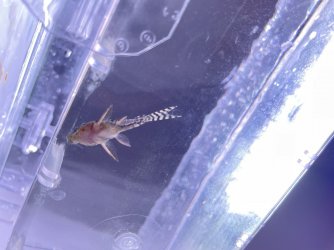Hi. A couple of suggestions that should help. First of all, I think you are doing far too many water changes. Corydoras are very sensitive to “water that’s too clean”. And any temperature change, even a couple of degrees.. can cause severe stress and parasites. And your ARE supposed to rinse all filter media.. just rotate them. Don’t rinse them all at the same time. Do one type of media one week.. rinse another the next week. Also corys need food to eat. They really aren’t big on algae control. I can tell you right now, the dwarf Corydoras can’t handle chemicals or constant water changes. Personally, I don’t use chemical solutions intended for the plants. My plants thrive just from enough light. I’m the type of person that uses all natural treatment. Whenever I add a new fish or I see the first sign of any kind of issue,
MICROBE LIFT HERBTANA
Keeps immune system boosted. Follow instructions on label. A pinch of salt here and there.. as long as the fish aren’t scaleless, or sensitive to it. I think if you hold off on all of those water changes, keep the temperature stable at all times, cut back on the chemicals unless the levels are somewhere in a danger zone. My corys are spoiled and get a variety of nutrition. Best substrate for corys —Carib Sea Moonlight Sand. It’s very fine and soft. If you get a severe problem in your tank go ahead and get some methylene blue, follow instructions and make a dip.
MICROBE LIFT HERBTANA
Keeps immune system boosted. Follow instructions on label. A pinch of salt here and there.. as long as the fish aren’t scaleless, or sensitive to it. I think if you hold off on all of those water changes, keep the temperature stable at all times, cut back on the chemicals unless the levels are somewhere in a danger zone. My corys are spoiled and get a variety of nutrition. Best substrate for corys —Carib Sea Moonlight Sand. It’s very fine and soft. If you get a severe problem in your tank go ahead and get some methylene blue, follow instructions and make a dip.



